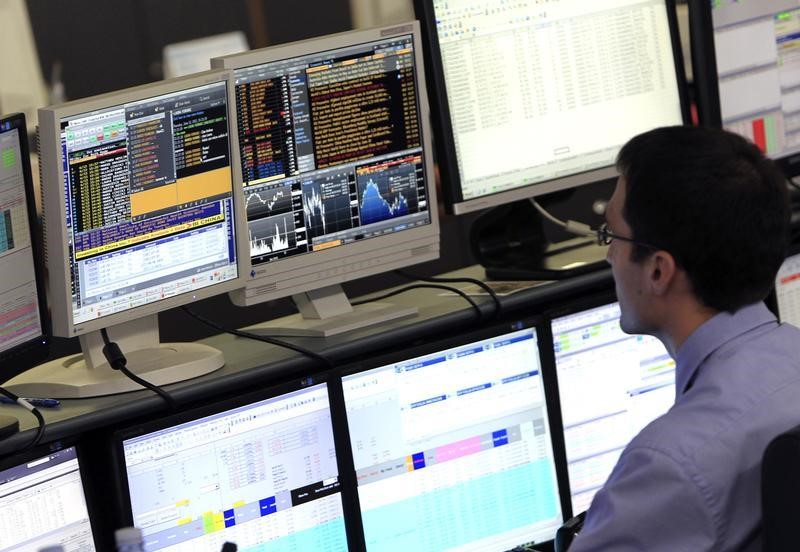© Reuters.
DataTrek Research has identified a trend of decreasing volatility in the U.S. stock market, with the Cboe Volatility Index () dropping over 35% this year, despite ongoing economic uncertainties. The “fear gauge” has been trading below its long-term average, a development that DataTrek views as a positive sign for equities.
The , to which VIX’s current trading levels are tied, has seen a rally of 15.9% in 2023. On Wednesday, the VIX recorded a post-pandemic low, closing under 13, an occurrence that traditionally signals an optimistic outlook for stocks in the following quarter.
However, this low VIX doesn’t align with various economic uncertainties such as fluctuating inflation, recent oil price surges, and doubts over how long the Federal Reserve will maintain high interest rates. The Federal Reserve’s aggressive rate hikes in the past year and a half have been an attempt to curb rising living costs in the U.S. Moreover, the recent increase in Treasury rates that have negatively affected stocks adds to these concerns. The yield on the 10-year Treasury note was around 4.32%, mirroring levels last seen in late 2007.
Despite these issues, the VIX started 2023 below its long-term average, resembling more closely the stock rally seen in 2021 rather than the downturn experienced in 2022 when Federal Reserve’s rate hikes caused equities to drop.
Historically, September and October are known for heightened volatility in equity markets. This pattern seems to be holding true as U.S. stocks have been on a downward trajectory since August, with the S&P 500 falling by 1.8% last month and around 1.2% this Monday.
Investors are also closely monitoring the U.S. Treasury market’s inverted yield curve, where shorter-term yields surpass long-term rates, a phenomenon often preceding a recession. The growing popularity of zero-day options in the stock market has raised some eyebrows, as their increased usage would typically indicate higher anticipated volatility.
Despite these uncertainties, the VIX’s low levels suggest that investors are confident in the robustness of U.S. corporate earnings and believe that the Federal Reserve’s rate hikes are nearing their end. This confidence seems to override fears of an impending recession, regardless of what an inverted yield curve might historically indicate.
This article was generated with the support of AI and reviewed by an editor. For more information see our T&C.
Read the full article here




